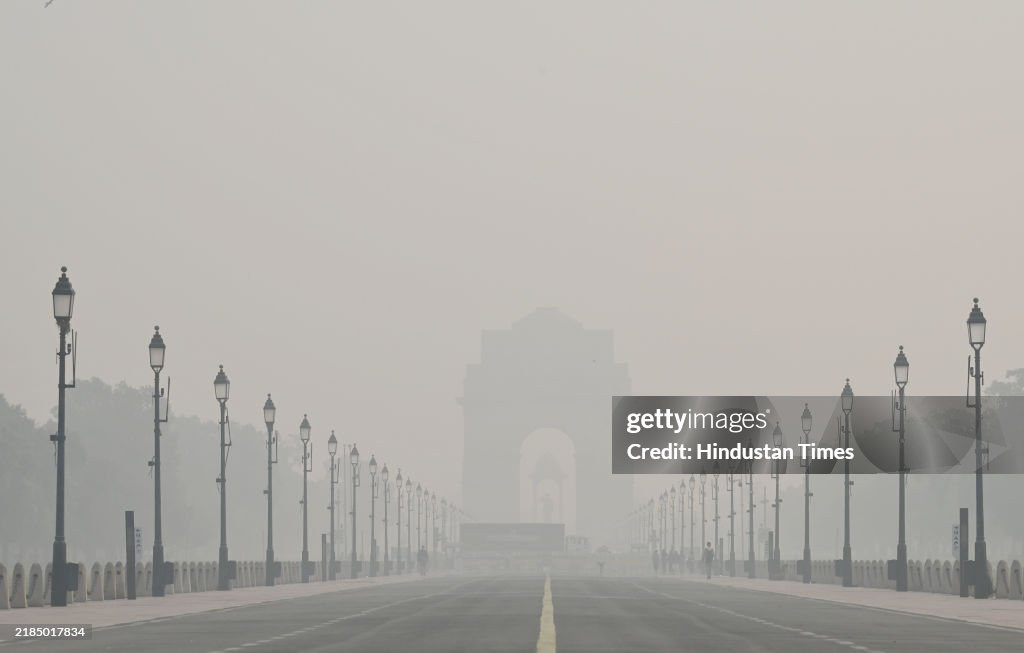While the COP29 unfolds in Baku, Azerbaijan, India is, once again the victim of its annual “smog”, a major ecological disaster, with dire repercussions on public health.
A Breath of Death in New Delhi
On 18 November, the air in New Delhi reached a new pollution peak, exceeding WHO (World Health Organisation) standards by a factor of 60. Breathing this air is equivalent to smoking 50 cigarettes a day. The health implications are severe : burning eyes, throat irritation, respiratory and cardiovascular diseases and an increased risk of lung cancer. In Delhi, the pollution is responsible for the death of 11.5% of all annual deaths (around 12,000 people). The life expectancy of residents is reduced by an average of 12 years.
In response to this situation, several emergency measures have been taken. Schools are temporarily closed, teleworking is strongly recommended, road traffic is restricted, and construction activities are suspended. Yet these interventions offer only short-term relief, the toxic haze persists, cloaking the region in an atmosphere so dense that it is visible from space.
The causes of smog
This phenomenon is due to a combination of factors like stubble burning, vehicular emissions, industrial pollution, and coal combustion (still the primary energy source in India). Although the smog is not a new issue. It began to emerge in the 1990’s, during a period of strong industrialisation and demographic growth. However, it was not until the year 2000, that it took on dramatic proportions. Since then, the same scenario has repeated itself every year. The same causes have produced the same effects, except that they grow slightly worse each year.
In 2016, one of the most severe episodes of smog occurred, and drew the international attention. The concentration of fine particulate matter (PM2.5 and PM10) reached such toxic levels, that the air was declared « unbreathable ». These microscopic particles are small enough to penetrate deep into the lungs, posing serious health risks. Today, smog is a systemic and cyclical crisis, far from being resolved.
Between Promises and Inaction
The Indian government has made ambitious pledges to improve air quality, such as transitioning to 100% electric vehicles by 2030. However, these promises often lack follow-through. For example, recharging infrastructure for electric cars remains virtually non-existent. Many NGOs have denounced the lack of actions and accuse the government of prioritising the industrial interests over public health. Policies implemented, such as subsidies for sustainable agricultural practices, investments in renewable energies, and stricter emissions standards for factories, suffer from weak enforcement and inadequate scope.
A Global Paradox
With 13 of 20 the most polluted cities in the world, India is among the countries hardest hit by air pollution. Yet ecology remains low on the national agenda. This crisis exposes a global paradox: Western industrialised nations often outsource manufacturing to countries like India, indirectly contributing to its pollution, while detaching themselves from their environmental responsibility.
Although some local initiatives are taking shape, they are no match for the immensity of the problem. Without significant political will and global cooperation, these efforts remain insufficient to deal with the crisis.
As COP29 deliberations continue, India’s smog serves as a stark reminder that climate change requires action, not just promises. Without meaningful reforms, the cycle of pollution will continue, and the health of millions will remain in jeopardy.










